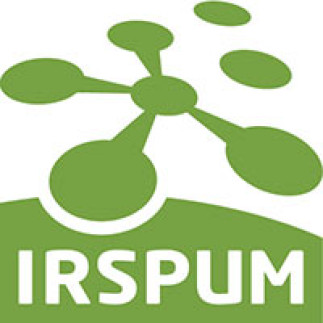Séminaire de l'IRSPUM
Titre du séminaire :
Chemicals in plastics, electronics and furniture: Substituting new problems for old ones
“New” chemicals are commonly introduced to replace hazardous chemicals but some of the replacements lead to regrettable consequences. Chemical flame retardants are used to comply with flammability standards. Many are additives that migrate from the polymer over time and move from indoors to outdoors and even to remote Arctic locations. Our research tells the story of organophosphate esters (OPEs) that have replaced brominated flame retardants because of concerns over the latter’s toxicity and persistence. Are OPEs a “better” replacement for brominated flame retardants? I present evidence to suggest that OPEs may not be a “safer” replacement. The story includes the accumulation of OPEs by clothing with the potential for human exposure, their transfer to surface waters via clothes laundering with the potential for aquatic organism exposure, and transport to the Arctic. The story concludes with discussing why flame retardants are used and who is behind the flammability standards.
Conférencière :
Miriam Diamond
Is a professor in the Department of Earth Sciences with cross-appointments to the Department of Chemical Engineering and Applied Chemistry, the Dalla Lana School of Public Health, School of the Environment, and the Physical and Environmental Sciences Program at Scarborough College. She received her B.Sc. in Biology from the University of Toronto (1976), M.Sc. from the University of Alberta in Zoology (1980), M.Sc. Eng. from Queen’s University (Kingston, Ontario) in Mining Engineering (1984), and her Ph.D. from the Department of Chemical Engineering and Applied Chemistry from University of Toronto (1990).
Animation :
Marc-André Verner
Chercheur, IRSPUM, et professeur sous octroi adjoint à l'École de santé publique de l'Université de Montréal

